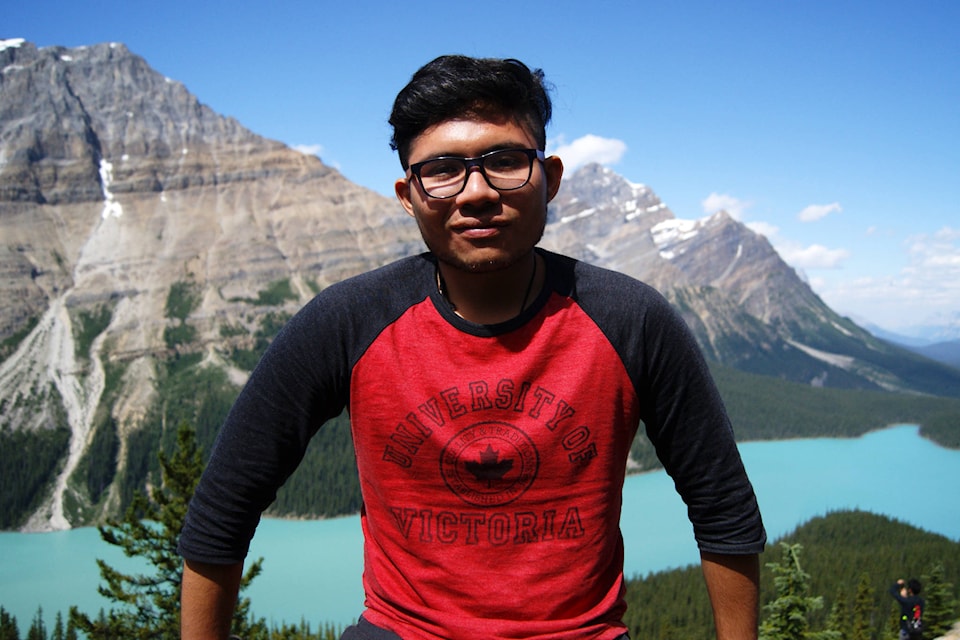By Myles Sauer
News Staff
A national nonprofit organization that has delivered research and training programs in Canada for 17 years is working with universities to foster industrial and social innovation across the country. But one student’s work at the University of Victoria has implications that go far beyond our own galaxy.
Twenty-two-year-old Braulio Antonio, an undergraduate student at National Autonomous University of Mexico in Mexico City, was one of over 500 international students chosen for the Mitacs Globalink program.
Antonio says he developed an interest in astronomy and astrophysics in college. “I learned that black holes are present in the nucleus of many galaxies,” he wrote in an email. “Later I got more interested in galaxies themselves, [and] their dynamics, composition, and evolution.”
Over the course of 12 weeks this summer, he worked under Sara Ellison, a professor at the University of Victoria, to better understand the phenomenon of ‘galaxy mergers.’
Galaxy mergers occur when two or more galaxies are close together and get caught in each other’s gravitational pull, which eventually leads to them colliding and forming a single, much larger galaxy.
Working with Ellison, Antonio looked at a statistical sample of galaxies using data from the Sloan Digital Sky Survey to better understand their properties, and from there, made a map of where and when the stars formed, and how rapidly. The second part of their research involved looking at the distribution of gas and stars during the merger process.
“One of the questions we can answer by looking at galaxy mergers is how this process drives galaxy evolution,” says Ellison. “When we look at giant galaxies, like the Milky Way, we know there are billions of stars in them. We think they get that way from smaller galaxies merging together, over and over again. We think galaxies grow by snowballing together.”
What they found, Ellison says, is an “inside-out process” in which galaxies with high rates of star formation undergo bursts of new stars in their centre; likewise, low rates of star formation correlate with similarly “impoverished” centres.
Ellison and Antonio are currently co-authoring a report on their findings which should be published by the end of the year.
A total of 28 other Mitacs Globalink students from Brazil, China, France, Germany, and Tunisia were also in Victoria this summer working in labs at UVic and Royal Roads University. According to Alejandro Adem, CEO and scientific director of Mitacs, that’s because Canada’s become a destination location for international students.
“The top three reasons foreign students choose to study here are the quality of Canada’s education system, our reputation as a tolerant and non-discriminatory society and our reputation as a safe country,” he said.
Now back in Mexico City, Antonio says he’s happy to have experienced studying in Canada. “I found UVic a great university, and Victoria itself a beautiful city.”
“Besides the skills [acquired],” he continued, “when it comes to the research project itself, it really settles a path to follow for my graduate career.”
